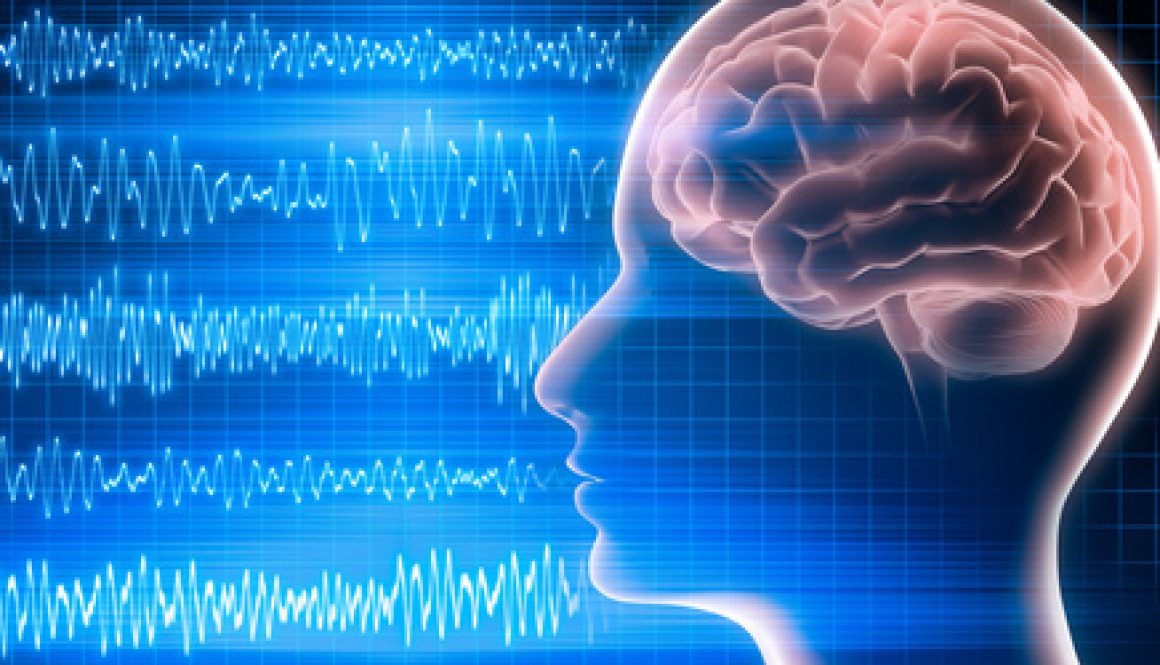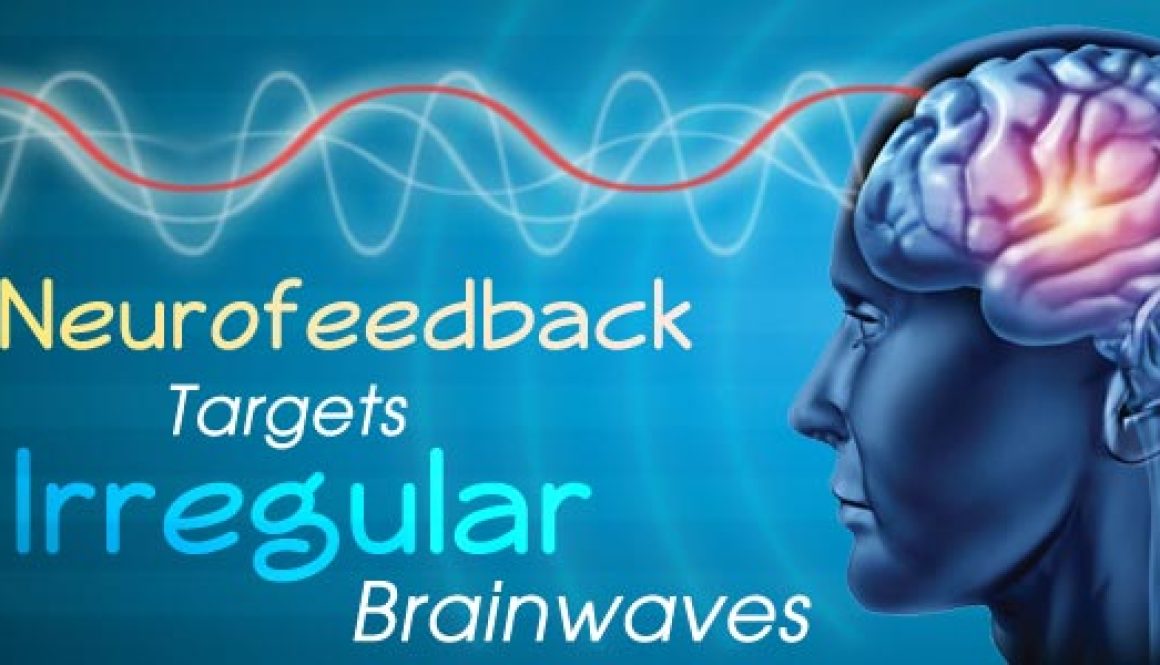Neurotherapy and Home Treatment
“With the development of relatively low-cost devices for brainwave biofeedback, clients occasionally inquire about the possibility of treating themselves or their children at home. When considering self-treatment, you should keep in mind that neurofeedback is not a stand-alone therapy. A widely held notion is that all a therapist needs to do to treat depression, for example, is to place EEG sensors over the left frontal lobe and tell the client to “increase the amplitude of beta.” It is true that beta enhancement generally helps in treating depression, but it is never adequate as a sole treatment. Some form of additional cognitive therapy or behavioral therapy or both is always required. The combination makes for remarkably rapid, efficient, and lasting treatment. Indeed, the treatment of any disorder rarely, if ever, involves only one method. Treatment requires work at various sites on the brain to modify brain activity that may be exacerbating the condition. Learning to correct brain functioning is, in some ways, similar to using a personal coach in physical training. One of the major functions of the neurotherapist is to help the client learn to modify brain activity by a process called behavioral shaping. Shaping refers to gradually increasing the level of difficulty as the client becomes better at producing the response. Thus, I advise people not to engage in unsupervised neurofeedback at home unless they are training merely for relaxation or focus. However, using home-based treatments under the supervision of a well-trained neurotherapist can be helpful. The newer equipment systems have been designed so that specific treatment protocols can be loaded into the unit for home use. The results of each treatment session are retained in the unit. The therapist can the analyze and modify the method as treatment progresses. Some systems now available are linked to a central computer in the therapist’s office; the therapist can directly monitor each session the client is receiving at home, making changes as needed. ” pp. 123-124 Biofeedback for the Brain by Paul G. Swingle Ph.D. Questions? Treatment begins with a brain map qEEG. Call Fort Wayne Neurofeedback to set an appointment and ask questions. Ph. 260 432-8777


















